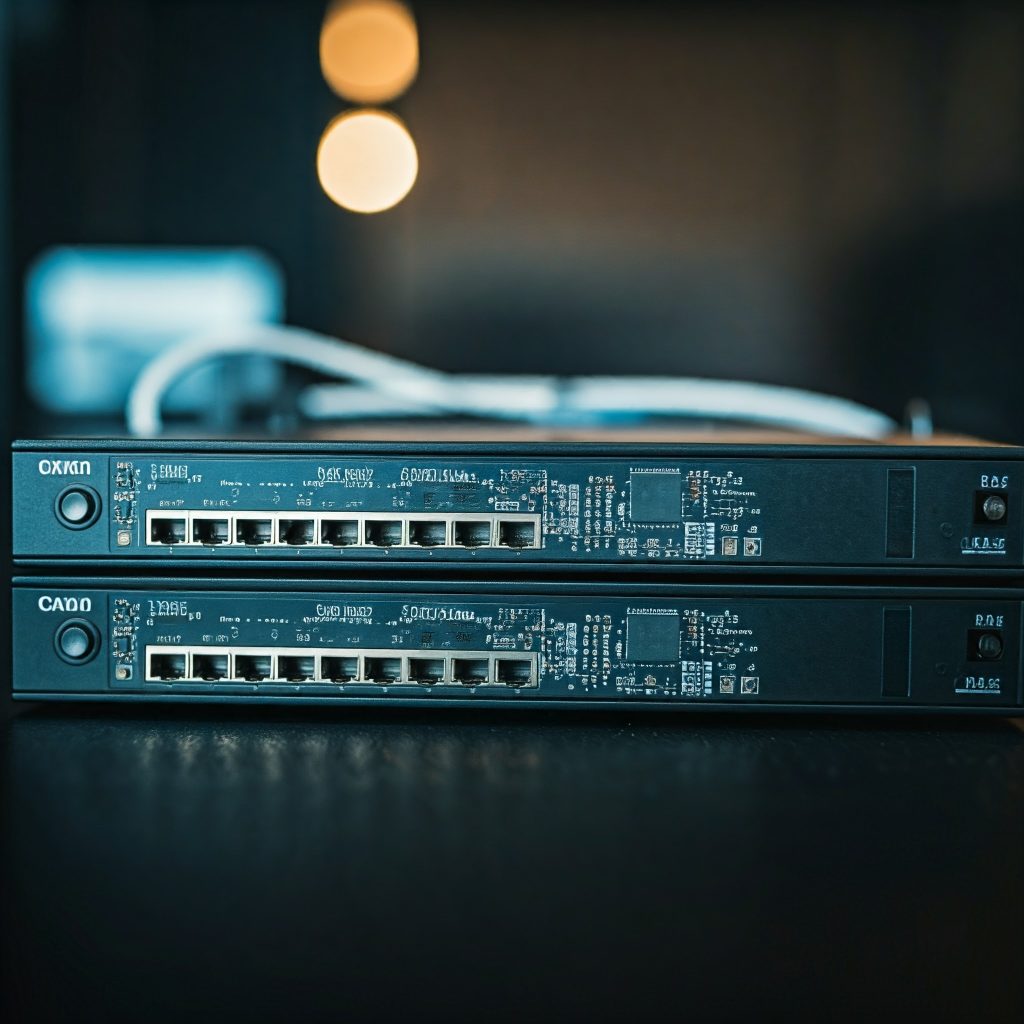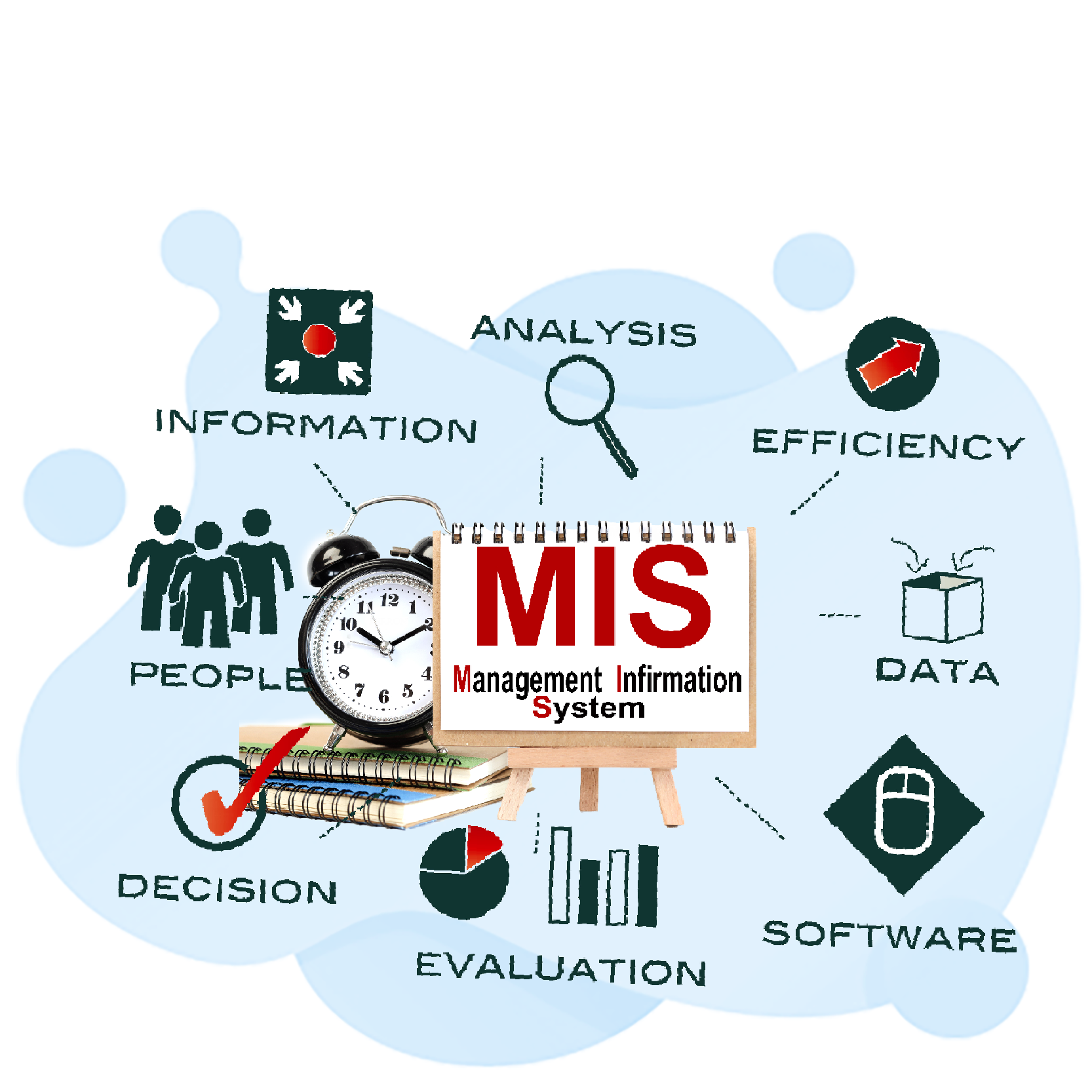
Introduction to 100G Optical Modules
With the surge in data traffic and the growing need for faster internet, efficient data transmission technologies have become a necessity. Among these, 100G optical modules stand out as critical components in modern networking systems, widely used in data centers, telecommunication networks, and IT infrastructures.
A 100G optical module is designed to transfer data at a rate of 100 gigabits per second (100Gbps) over fiber optic cables. As businesses and industries shift toward cloud computing, big data, and IoT, 100G optical modules have become the backbone of high-speed networks, enabling quick, reliable, and energy-efficient data transmission.
Overview of 100G Optical Modules
100G optical modules convert electrical signals into optical signals and vice versa, allowing long-distance data transmission over fiber optic cables. Available in various form factors, these modules are tailored for specific applications:
- QSFP28 (Quad Small Form-factor Pluggable): A popular, compact, and energy-efficient form factor, ideal for high-density data centers.
- CFP/CFP2/CFP4 (C Form-factor Pluggable): Larger modules used in high-performance long-distance networks.
Benefits of 100G Optical Modules
- High Bandwidth: Capable of handling 100Gbps data rates, meeting growing network demands.
- Scalability: Easily upgradable, allowing network expansion without large-scale infrastructure changes.
- Energy Efficiency: Low power consumption, making them suitable for energy-conscious environments.
- Cost-Effectiveness: As 100G technology matures, it becomes more affordable for organizations of all sizes.
Types of 100G Optical Modules
- 100GBASE-LR4: Suitable for long-distance communication (up to 10 km) over single-mode fiber.
- 100GBASE-SR4: Designed for short-range data transmission (up to 100 meters) using multimode fiber.
- 100G CWDM4: Uses Coarse Wavelength Division Multiplexing (CWDM) to transmit data over distances of up to 2 kilometers.
Applications of 100G Optical Modules
- Data Centers: Essential for interconnecting servers, storage devices, and networking equipment in cloud services.
- Telecommunications: Enables faster and more reliable services for mobile and internet providers.
- Enterprise Networks: Provides seamless internal communications and remote collaboration for large-scale businesses.
Key Technologies Behind 100G Optical Modules
100G optical modules utilize several advanced technologies to achieve their high-speed performance, ensuring efficient data transmission over long distances.
Wavelength Division Multiplexing (WDM)
WDM is a core technology that allows multiple optical signals to travel through a single fiber by using different wavelengths of light.
- Coarse Wavelength Division Multiplexing (CWDM): Typically used for shorter distances, CWDM offers fewer channels at a lower cost.
- Dense Wavelength Division Multiplexing (DWDM): Supports more channels, making it ideal for long-distance, high-capacity networks.
Optical Coherent Technology
This advanced technology enables long-distance transmission without signal degradation. Coherent optics use both the amplitude and phase of the light signal, allowing higher data rates and better signal quality over extended distances.
- Enhanced Signal Sensitivity: Coherent optics improve sensitivity for long-distance transmissions.
- Advanced Modulation Formats: Techniques such as Quadrature Phase Shift Keying (QPSK) enhance the amount of information transmitted per symbol.
Advanced Modulation Formats
Modulation converts data into optical signals for transmission. 100G modules use advanced modulation techniques to ensure efficient, high-speed data transfer.
- Non-Return to Zero (NRZ): A simple binary modulation scheme, used for basic data transmission.
- PAM4 (Pulse Amplitude Modulation 4-Level): A more efficient format that increases transmission capacity by using four distinct signal levels.
- Quadrature Phase Shift Keying (QPSK): Used in coherent optics, QPSK encodes more data by modulating both phase and amplitude.
Forward Error Correction (FEC)
FEC ensures data integrity over long distances by detecting and correcting transmission errors. It reduces the need for retransmissions and enhances data accuracy, making it essential for high-speed networks.
Digital Signal Processing (DSP)
DSP “Plays a crucial role.” in real-time signal optimization, compensating for optical impairments and ensuring error-free data transmission. It enhances:
- Signal Quality: By adjusting parameters such as phase and frequency.
- Spectral Efficiency: Maximizes data transmission within a limited bandwidth.
Parallel Optical Channels
To achieve 100Gbps speeds, many 100G modules use parallel optical channels. These channels split data across multiple lanes, each transmitting a portion of the total data (e.g., 25Gbps per lane), which is recombined at the receiver end. This method enables faster data transmission without requiring complex modulation.
Low Power Consumption Designs
Energy-efficient designs are critical in today’s high-performance environments. Low-power 100G optical modules not only reduce operational costs but also improve network scalability by allowing higher port densities.
Conclusion: The Future of 100G Optical Modules
100G optical modules have revolutionized data transmission by offering high-speed, long-distance capabilities while maintaining energy efficiency. Technologies such as WDM, coherent optics, FEC, and DSP ensure their reliability and performance in modern network infrastructures. As these technologies continue to advance, 100G optical modules will become even more integral to future networking environments, paving the way for even faster data transmission solutions.
FAQs
What is the difference between QSFP28 and CFP modules?
Answer: QSFP28 is a smaller, more energy-efficient module used primarily in data centers, whereas CFP modules are larger and typically used for longer-distance, high-performance applications such as metro or long-haul networking.
How do 100G modules improve network performance?
Answer: 100G modules improve network performance by enabling faster data transmission, reducing latency, and increasing bandwidth capacity. They also reduce power consumption, making networks more efficient and scalable.
What is the data transmission speed of a 100G optical module?
A 100G optical module supports data transmission speeds of 100 gigabits per second (100Gbps).


